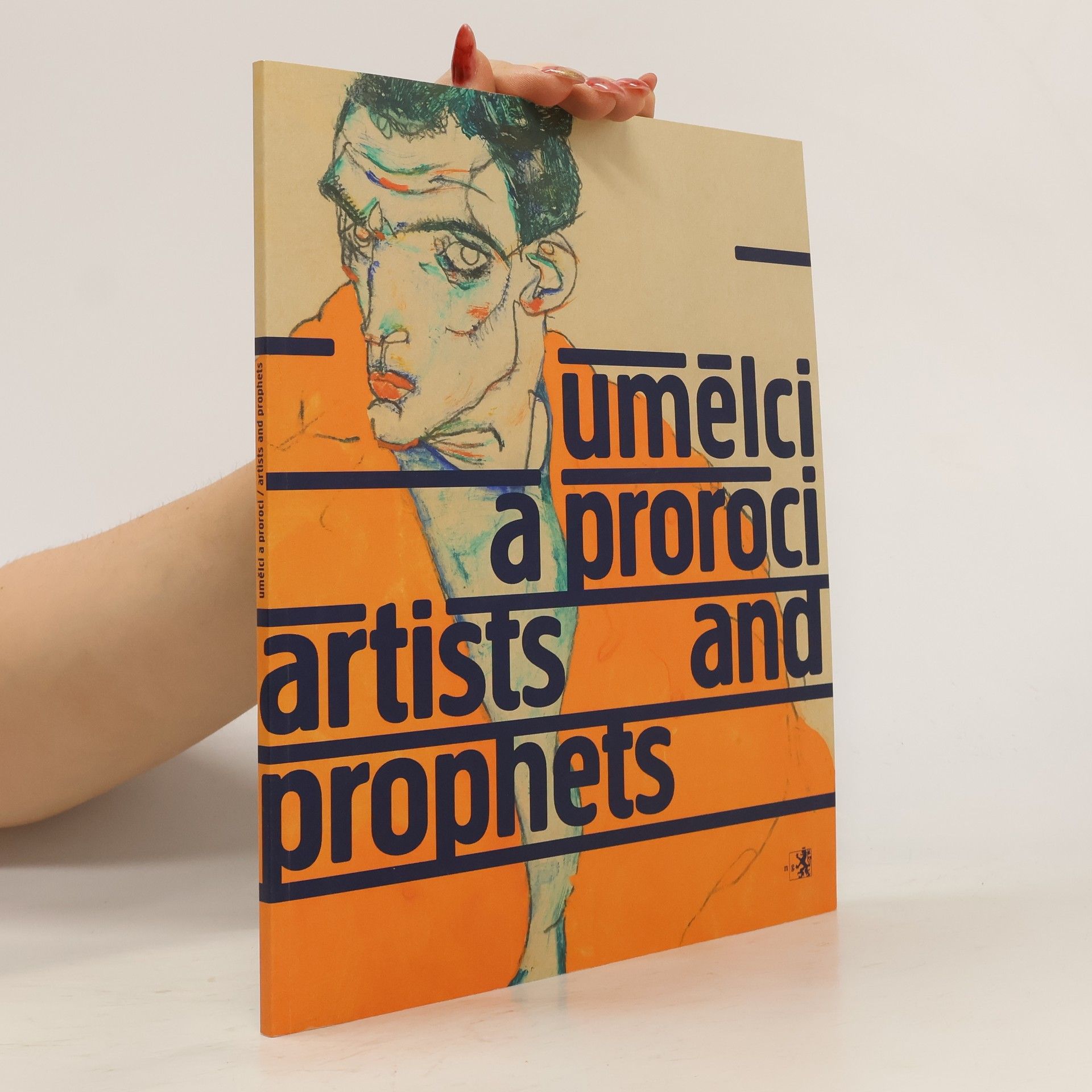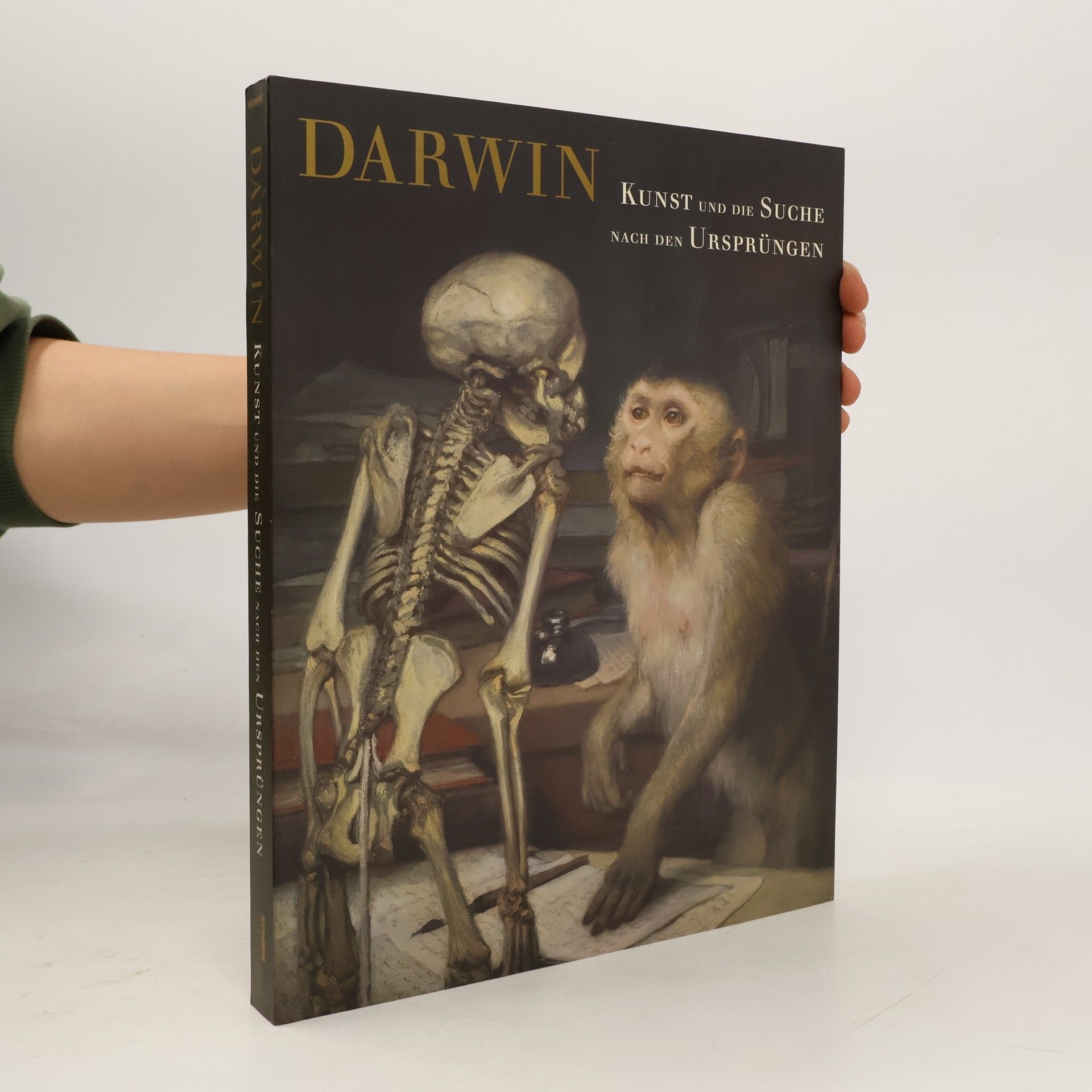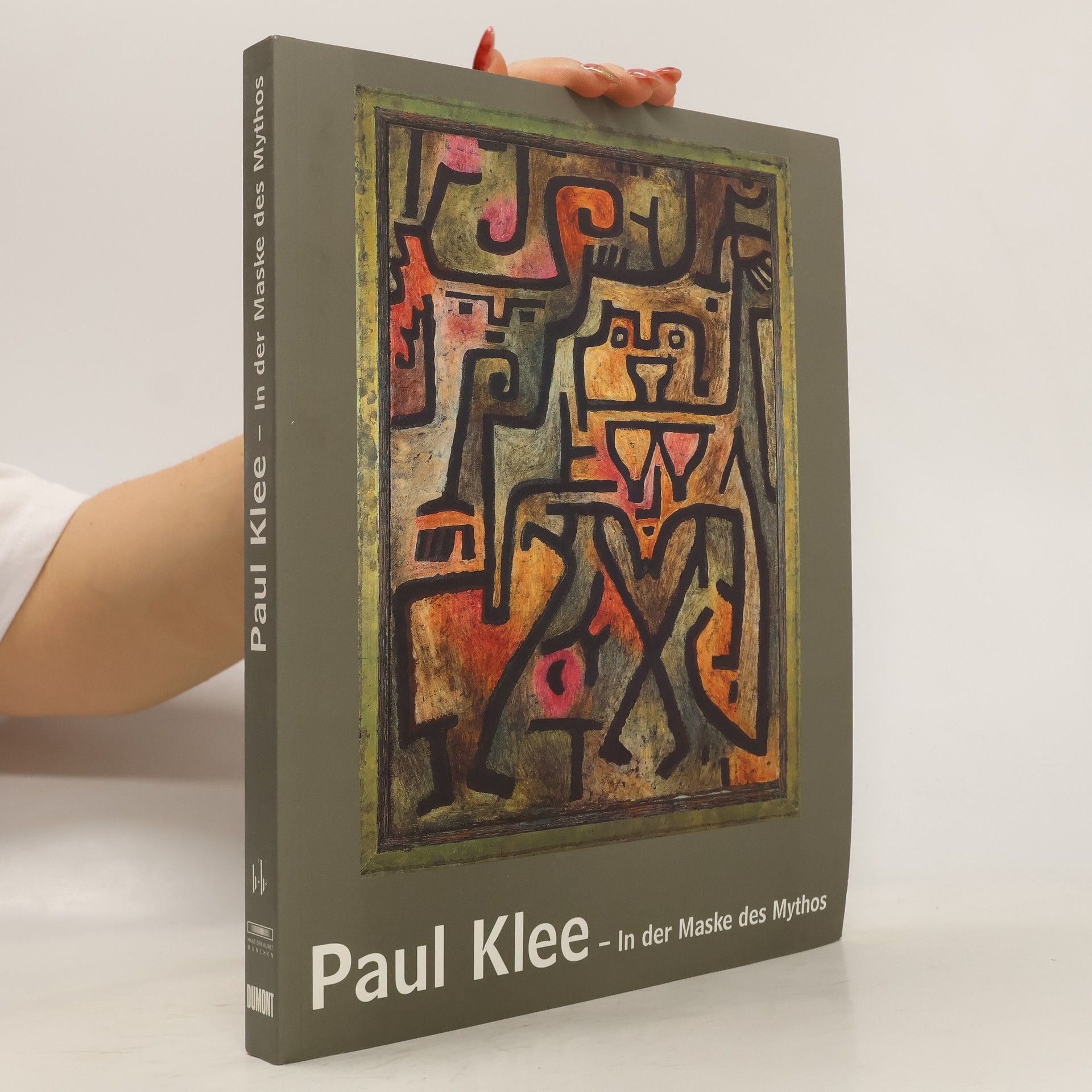Pamela Kort Books






The artist's work reflects the fragmented nature of contemporary life through a blend of analog and digital processes. During the lockdown, he created six large-scale collage paintings that reinterpret classic collage techniques, reminiscent of DADA's revolutionary use of photographic images from newspapers. These modern historical paintings combine paper prints with paint on canvas, showcasing his innovative approach. With a background in art from Washington University in St. Louis, he has exhibited at prestigious venues like the Vienna Secession and the Museum of Modern Art in New York.
Das Jahr 2009 bietet Anlass für ein Doppeljubiläum des berühmten Naturforschers Charles Darwin (1809 – 1882): Die Welt gedenkt seines 200. Geburtstages und des 150. Jahrestages des Erscheinens seines epochalen Werkes 'Über die Entstehung der Arten'. Dieses Buch revolutionierte die Erkenntnisse der Biologie, führte zu hitzigen Debatten der Wissenschaftler weltweit und zu einer Verunsicherung der breiten Öffentlichkeit. Diese Publikation stellt nun erstmals die Auswirkungen des Darwinismus auf die bildende Kunst in den Mittelpunkt. Anhand von rund 150 Gemälden, Zeichnungen und Lithografien sowie seltenem Dokumentationsmaterial zeigt der Katalog Künstler wie Frederic Church, Martin Johnson Heade, Franti˘sek Kupka, Odilon Redon, George Frederic Watts, Arnold Böcklin, Gabriel von Max, Alfred Kubin oder Max Ernst und spannt einen zeitlichen Bogen von 1859 bis zur Mitte des 20. Jahrhunderts.